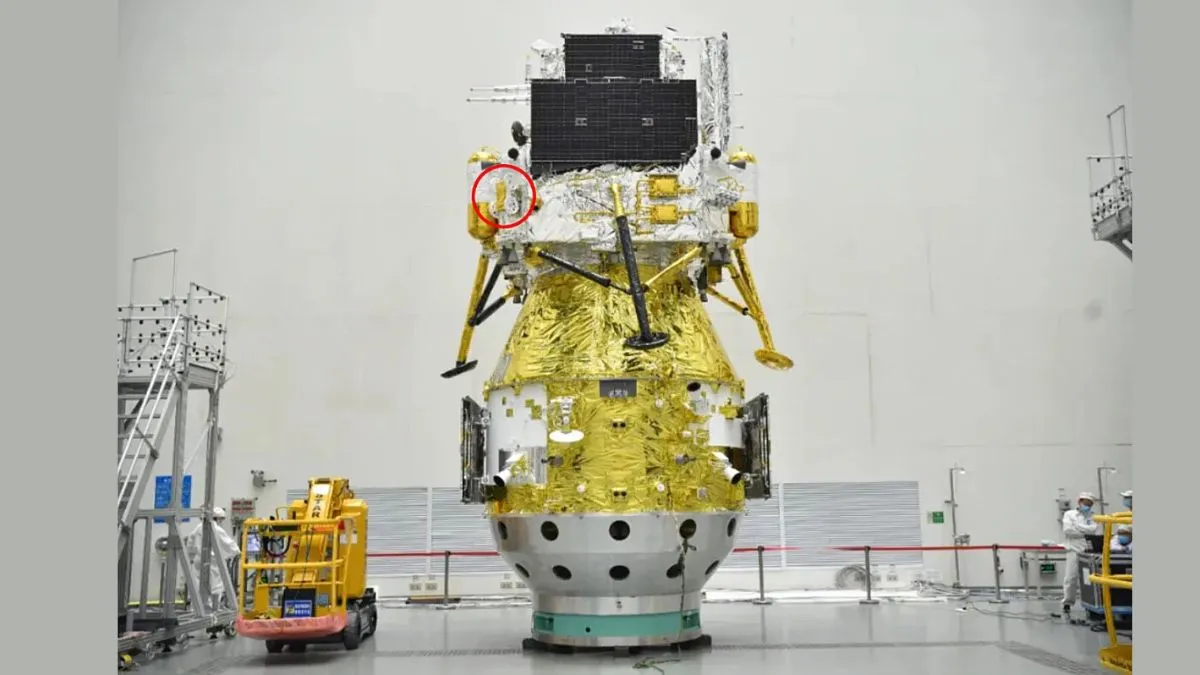China's Chang'e-6 lunar probe has successfully entered its circumlunar orbit, the China National Space Administration (CNSA). According to the CNSA, at 10:12 a.m. (local time) on Wednesday, Chang'e-6 successfully performed a near-moon braking procedure before entering the circumlunar orbit, Xinhua news agency reported.
The near-moon braking procedure is a key orbital control for Chang'e-6 during its flight. The braking makes its relative speed lower than the lunar escape velocity so that it can be captured by the Moon's gravity and fly around the Moon.
Supported by the Queqiao-2 relay satellite, Chang'e-6 will later adjust the altitude and inclination of the orbit around the Moon and choose a proper time to carry out the separation of the orbiter-returner combination and the lander-ascender combination.
Later, the lander-ascender combination will conduct a soft landing on the South Pole-Aitken Basin to carry out the sampling and return mission on the far side of the Moon as planned, the report said.
Chang'e-6 spacecraft lifted off to the Moon's far side on a Long March-5 rocket on May 3.
The spacecraft, comprising an orbiter, a lander, an ascender, and a returner, aims to become the first to collect and bring back samples from the far side of the lunar surface.
Also read, NASA successfully launches a solar-powered spacecraft.
A groundbreaking space mission, launched on April 24, signifies a major leap forward in space exploration. The mission features a new spacecraft outfitted with NASA's cutting-edge Advanced Composite Solar Sail System, leveraging sunlight for propulsion.
The Electron rocket, operated by Rocket Lab, lifted off from New Zealand at 3:30 am IST. This spacecraft is destined to be positioned 1,000 kilometres above Earth, representing a significant milestone in space technology advancement.
South Korea is set to launch its inaugural homegrown earth observation nanosatellite into space on April 23, marking a significant step towards its satellite constellation vision by 2027, announced the country's science ministry. As per the Ministry of Science and ICT, the nanosatellite, designated as NEONSAT-1 and serving as the cornerstone of the planned satellite constellation, is scheduled for launch from Rocket Lab's spaceport in Mahia, New Zealand.
Inputs from IANS

